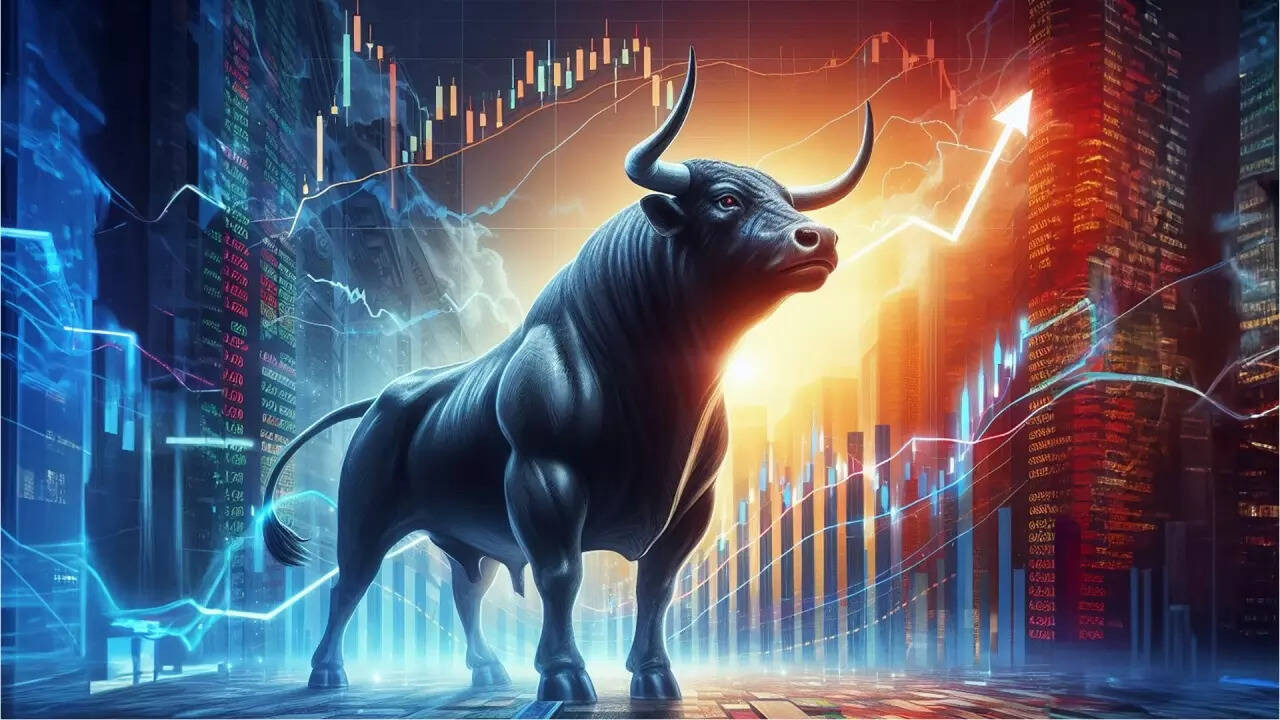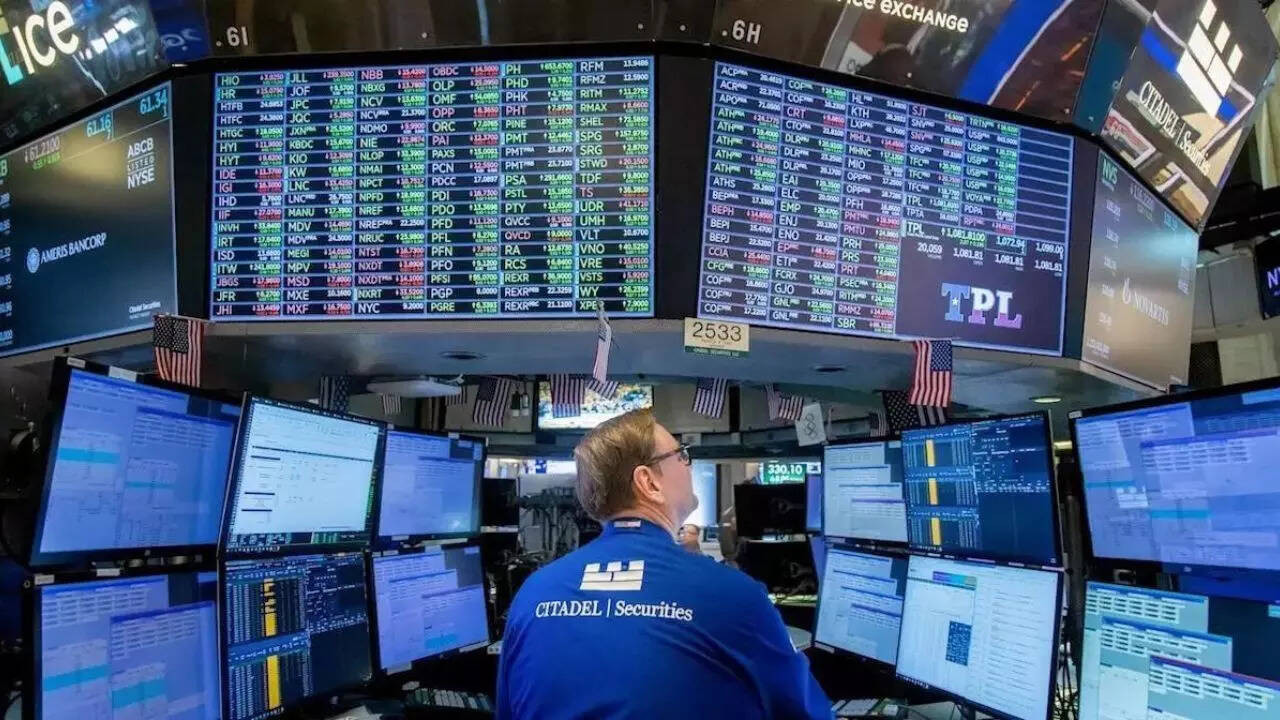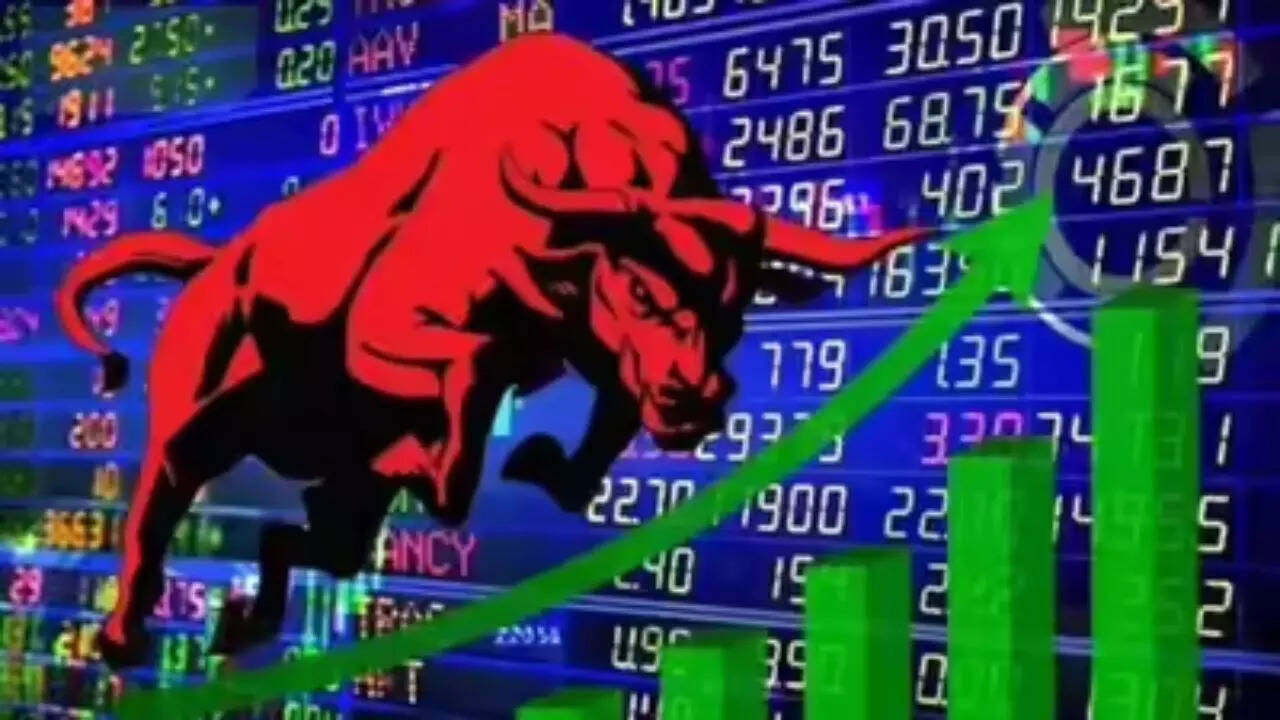Luxury titan LVMH witnessed its best trading day in two decades, surging 14% on robust quarterly sales, hinting at a Chinese demand resurgence. This boosted European luxury stocks by nearly $80 billion, with rivals also seeing significant gains. While optimism is returning, some analysts urge caution, deeming it too early for a full industry recovery.
The Luxury Market Roars Back: Is China the Key?
The atmosphere around luxury goods has been a bit hushed lately, hasn’t it? Concerns about inflation, interest rates, and general economic uncertainty have cast a bit of a shadow. But hold on – because the champagne corks are popping once again, and the reason might surprise you. LVMH, the powerhouse behind brands like Louis Vuitton, Dior, and Tiffany & Co., just experienced a significant surge, with shares leaping a remarkable 14%. This isn’t just good news for LVMH; it’s sending ripples of optimism throughout the entire European luxury sector. Investors are clearly taking notice, adding a staggering $80 billion to the value of European luxury stocks in a single bound. What’s behind this resurgence? The answer, it seems, lies east.
China’s Appetite for Luxury Goods Fuels Growth
The narrative is pretty compelling: China’s economy, after a period of slower growth, is showing signs of renewed vitality. And with that economic spark, comes an increased desire for luxury goods. Think of it as pent-up demand finally being unleashed. After periods of lockdown and restrictions, Chinese consumers are eager to indulge, and luxury brands are perfectly positioned to benefit. The strength of Chinese demand is more than just a blip, its the key to the whole resurgence.
This trend underscores China’s critical role in the global luxury market. For years, brands have carefully cultivated relationships with Chinese consumers, understanding their preferences and catering to their tastes. This investment is now paying off handsomely, solidifying China’s position as a vital engine of growth for the industry. Many analysts believe that this upswing is a sign of long-term resilience for the luxury market, despite any continued concerns over the wider economy.
Beyond LVMH: A Sector-Wide Lift
The impact extends far beyond the LVMH headquarters. Other major players in the luxury space, including Hermes and Kering (the parent company of Gucci), are also experiencing positive momentum. Investors are clearly betting that the rising tide of Chinese demand will lift all boats, creating a broad-based recovery across the entire luxury goods landscape.
This sector-wide lift has prompted many to re-evaluate their outlook on the luxury market. The initial anxieties about economic headwinds haven’t completely vanished, of course. But the robust performance of these companies, driven by strong sales in China, suggests that the luxury market may be more resilient than previously anticipated.

The Future of Luxury: Adapting to a Changing World
While the immediate outlook is positive, thanks to the influx of China’s luxury shoppers, brands can’t rest on their laurels. The luxury landscape is constantly evolving, with new trends emerging and consumer expectations shifting. To thrive in the long term, luxury brands must continue to adapt and innovate.
One key area of focus is sustainability. Consumers are increasingly aware of the environmental and social impact of their purchases, and they expect luxury brands to demonstrate a commitment to responsible practices. This means adopting sustainable sourcing methods, reducing waste, and promoting ethical labor standards.
Another crucial area is personalization. Luxury consumers want experiences that are tailored to their individual needs and preferences. Brands can leverage data and technology to create personalized recommendations, offer bespoke services, and build deeper relationships with their customers. How can brands utilize social media and influencer marketing to reach new audiences and build brand loyalty?
Check out our related article on [the importance of digital marketing for luxury brands](https://example.com/digital-marketing-luxury/).
A Promising Outlook for the Luxury Market
The recent surge in luxury stocks, fueled by strong demand from China, offers a compelling narrative of resilience and opportunity. While challenges undoubtedly remain, the luxury market appears well-positioned to navigate the complexities of the global economy. By embracing innovation, prioritizing sustainability, and building meaningful connections with consumers, luxury brands can continue to thrive and deliver exceptional value. The future looks bright, or perhaps, glittering.







